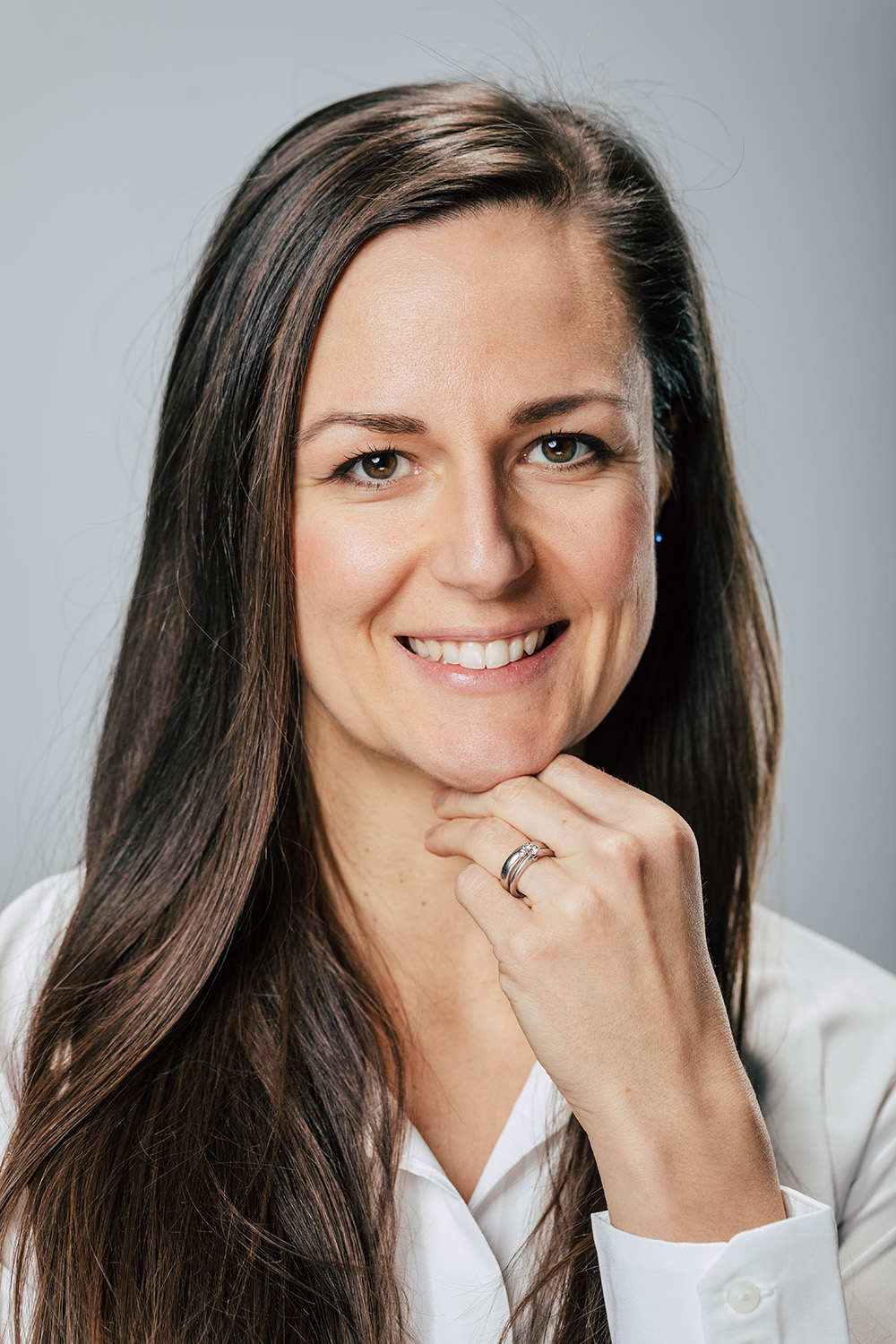Correction of cleft lip, nose and palate
About
Cleft lip, nose, and palate correction is a surgical procedure used to correct congenital deformities of the cleft in the lip, nose, and palate area. This complex procedure involves the reconstruction and shaping of tissues to correct the cleft and improve the functionality and aesthetic appearance of these areas.
Candidate
Candidates for cleft lip, nose, and palate correction are typically individuals born with congenital cleft deformities in these areas. This procedure can be crucial for restoring functionality, aesthetics, and self-confidence in both children and adults with a cleft.
Preparation
Before cleft lip, nose, and palate correction, patients will consult with a surgeon to assess the extent of the deformity and plan the surgical intervention. Preoperative preparation may involve tests and evaluations to ensure safety during the procedure.
Treatment
During cleft lip, nose, and palate correction, the surgeon will carefully reconstruct and shape the tissue in the cleft area to achieve symmetry, functionality, and aesthetic balance. The procedure typically involves complex surgical techniques for tissue and structural restoration.
Result
The results of cleft lip, nose, and palate correction usually include improved functionality in speech, breathing, and feeding, as well as aesthetic enhancement of the facial appearance. This procedure can significantly improve the quality of life for patients and contribute to their physical and emotional well-being.
Precautions
After cleft lip, nose, and palate correction, it is important to follow the surgeon's instructions to ensure optimal wound healing and reduce the risk of infections. Regular visits to the surgeon for progress monitoring and proper wound care are also crucial for successful recovery and achieving the best results.
F.A.Q.
A cleft lip, nose, and palate is a congenital condition in which the lip, the nasal cavity, and/or the roof of the mouth (palate) do not form properly during fetal development, resulting in a gap or split.
Cleft lip and palate are among the most common birth defects worldwide, occurring in approximately 1 in 700 births. The occurrence can vary based on factors such as ethnicity and geographical location.
Correction of a cleft lip and palate typically involves surgery. The exact procedure may vary depending on the severity and location of the cleft. Surgery is usually performed in stages, starting with cleft lip repair, followed by palate repair at a later age. Additional procedures may be required to address associated issues, such as nasal deformity.
Cleft lip repair is typically performed when the baby is around 3 to 6 months old, depending on the individual case. The exact timing may be determined by the surgeon, taking into account the baby's health and development.
Cleft palate repair is usually performed when the baby is around 9 to 18 months old. This allows time for the baby's palate to grow and develop before undergoing surgery.
Cleft lip and palate surgeries are generally considered safe, but like any surgical procedure, there are risks involved. Complications can include bleeding, infection, scarring, or unfavorable aesthetic outcomes. However, with proper preoperative evaluation and postoperative care, the risks can be minimized.
In some cases, additional surgeries or treatments may be required as the child grows. These procedures can address issues such as speech problems, dental issues, or aesthetic concerns. The need for additional surgeries will depend on the individual's specific situation.
Yes, a cleft lip and palate can affect speech development. The opening in the palate can cause difficulty in forming certain sounds, leading to speech abnormalities. Speech therapy and additional surgeries, if necessary, can help improve speech and language development.
The recovery period can vary depending on the individual and the extent of the surgery. After cleft lip repair, the baby may require a week or two to heal. Palate repair may require a longer recovery period, with several weeks of restricted diet and careful monitoring. Your surgeon will provide specific instructions for postoperative care.
Cleft lip and palate surgery aims to minimize visible scars and achieve the best aesthetic outcome possible. Surgeons use careful techniques to ensure scars are placed in natural creases or hidden areas whenever feasible. While some minimal scarring may still be present, it typically fades over time and can be further improved with scar management techniques.

Send an inquiry for the treatment
Start your way towards a successful treatment today. Fill out the form with your data, choose the service you need and we will connect you with the top medical experts in Zagreb.